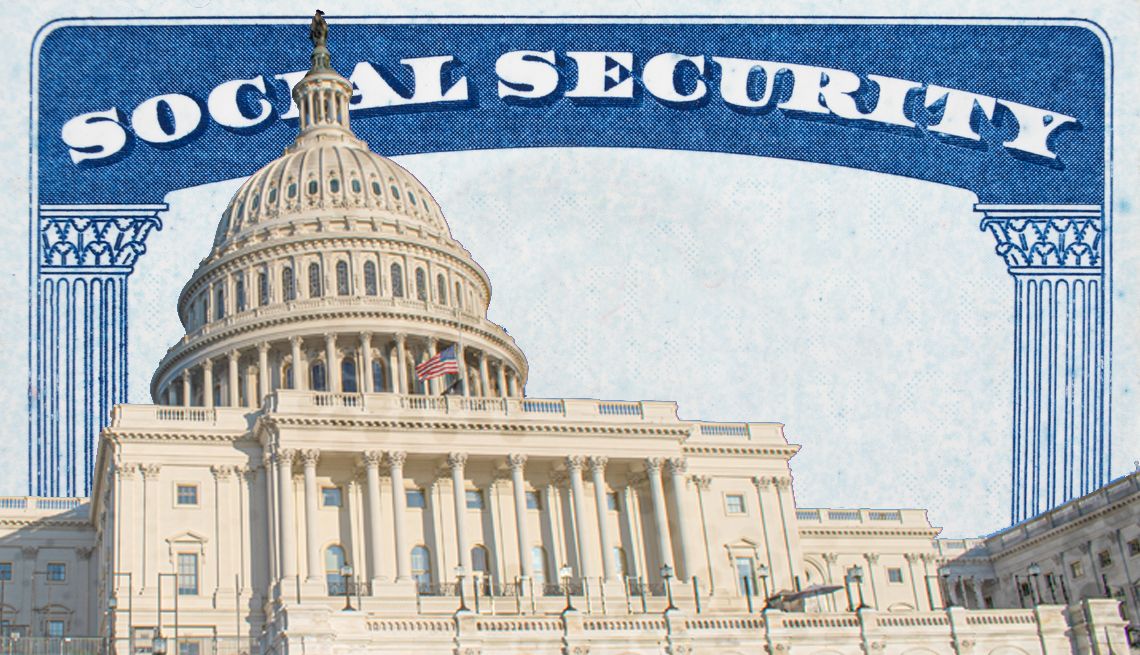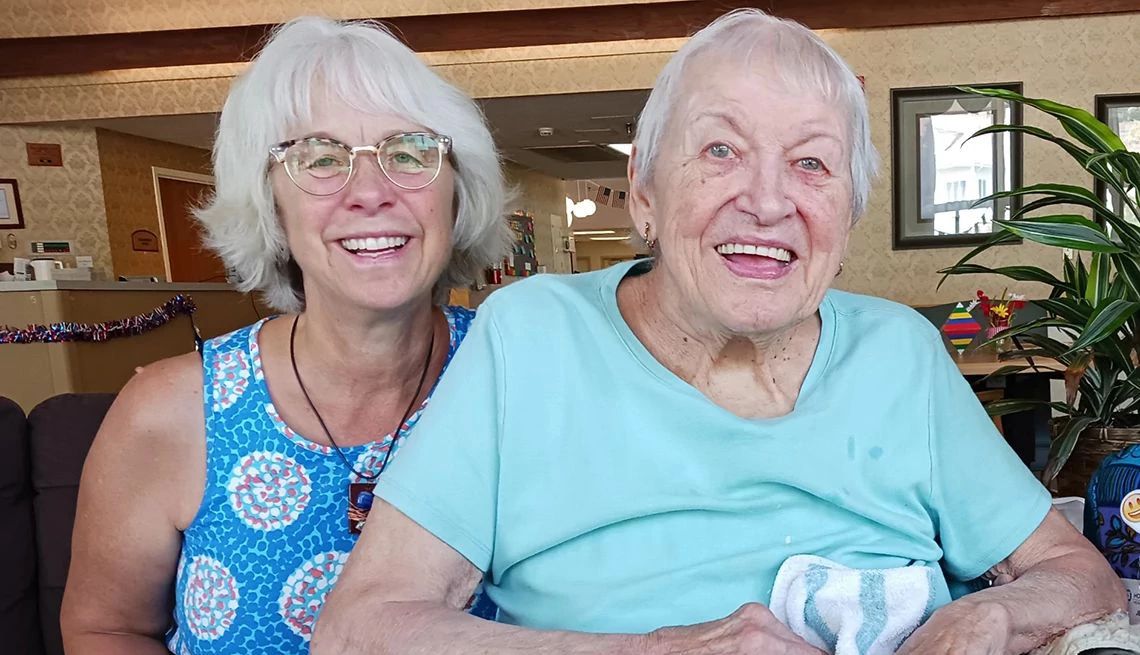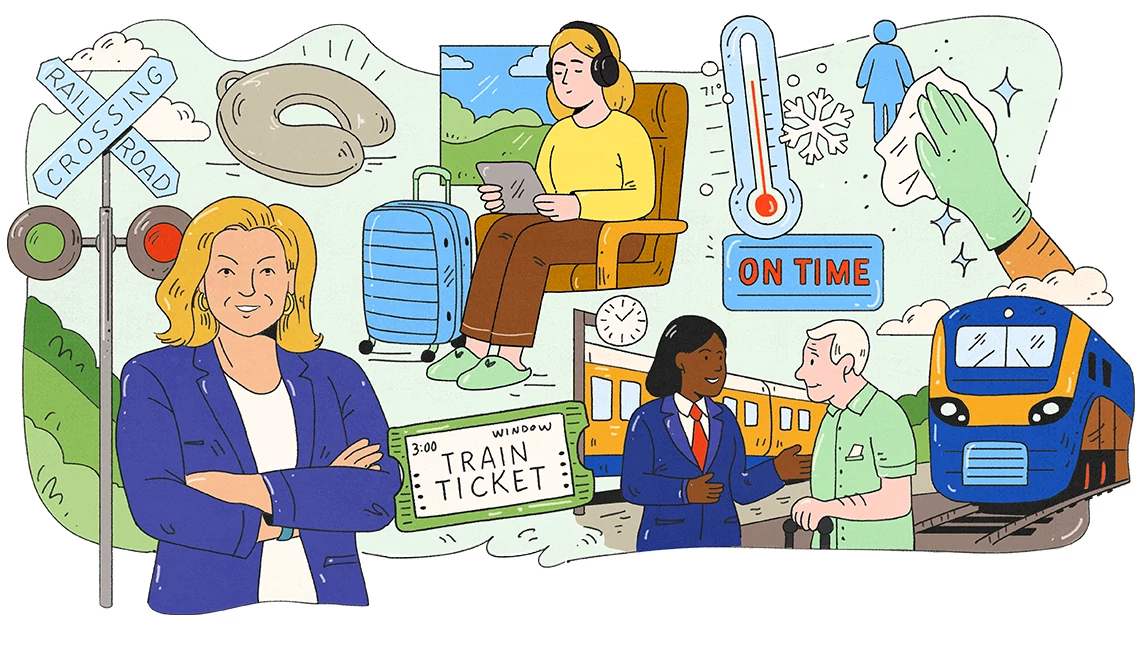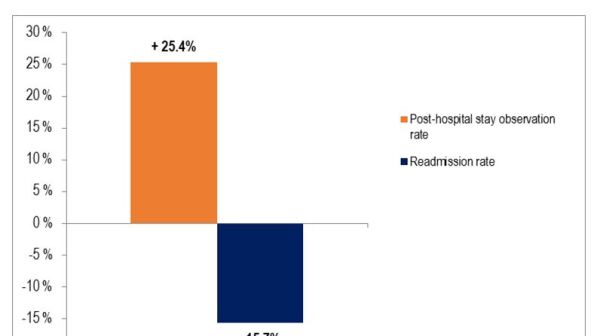AARP Hearing Center
CLOSE ×
Search
Popular Searches
- right_container
- Health
- Money
- Work & Jobs
- Advocacy
- Social Security
- Medicare
- Caregiving
- Games
- Travel
- More...
- Entertainment & Style
- Family & Relationships
- Personal Tech
- Home & Living
- Auto
- Staying Sharp
- Podcasts
- Videos
A range of employment indicators has revealed a mixed picture of the US labor market in recent months. While some of the latest data give room for optimism about job growth in some industries, many industries continue to shed jobs. Many older workers are employed in the industries and occupations…
Most of the 1.2 million people living with HIV in the United States are now over the age of 50, and more than 175,000 are over the age of 65. For many people who were diagnosed prior to the introduction of revolutionary highly active antiretroviral therapy, life expectancy was measured in months,…
Surveys illuminate people’s preferences for aging in place and reforms that promote more supply
In less than two decades, over 70 million Americans will be age 65 and older and they will represent approximately 20 percent of the population. Will we have affordable and accessible housing options that meet their needs?
The good news is that appropriate treatment can help most older adults with depression. What’s more, Medicare has recently improved its coverage for people with mental disorders. It now covers a free annual depression screening, and beneficiaries no longer have to pay more for outpatient treatment…
I grew up next to the Colville Indian Reservation in Washington state and I remember how native elders were revered throughout the community. At the annual powwow the elders shared their history through song and dance, and all generations sat together, joining in the chanting and drumming.
Respite is one of the most pressing needs of families and friends who take on a caregiving role. The need for caregiver supportive services — including respite care — is only going to rise as the U.S. population ages.
Since October 2012, the Medicare program has penalized hospitals when too many patients in traditional Medicare are re-hospitalized within a month of discharge. This policy appears to be having unintended consequences for patients in Medicare and in the commercial market.
Lately you may have noticed a growing number of commercials filled with people happily touting the benefits of their new joints. Experts expect such procedures to become increasingly popular as the active boomer population continues to age. However, the commercials typically gloss over the fact…
Millions of older people and adults with disabilities receive services in their own homes and communities, but little is known about their quality of care or quality of life. However, an exciting and relatively new assessment called the National Core Indicators — Aging and Disabilities (NCI-AD) is…
Digital Readiness
When the Consumer Financial Protection Bureau (CFPB) began operation just over four years ago, consumers were made — for the first time — a priority for federal financial regulators. As chief financial regulator in Vermont from 1992 to 2003, I was often prevented by federal law from protecting the…
Federal law prohibits traditional Medicare and Medicare Advantage providers and suppliers from billing people who are qualified Medicare beneficiaries (QMBs) for Medicare deductibles, coinsurance and copayments — a practice known as balance billing. Qualified Medicare beneficiaries (QMBs) are…
Search AARP Blogs
Recent Posts









































































